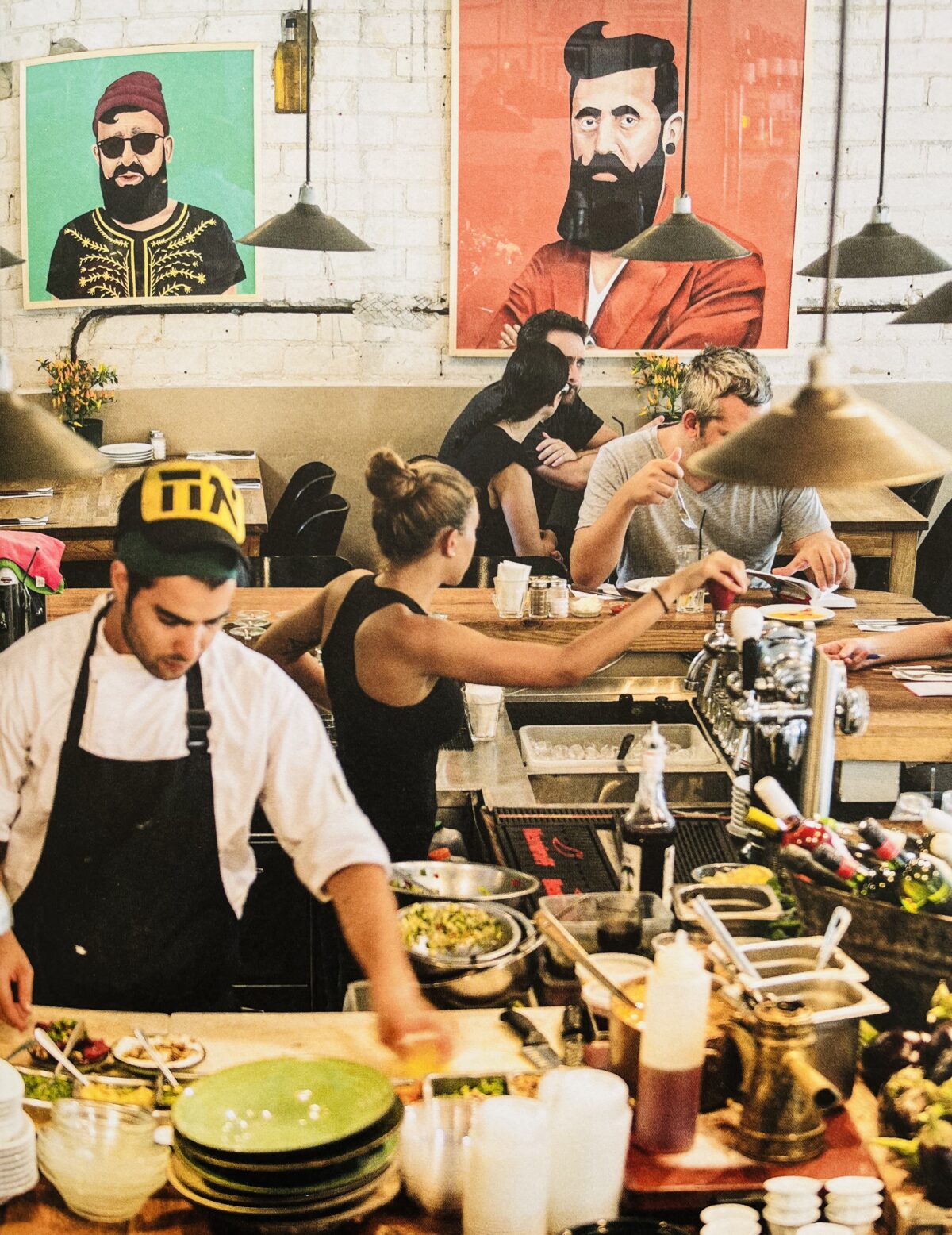Contemporary Israeli food is a fusion of diverse cuisines.
Foreign conquerors, from the Greeks and the Romans to the Crusaders and the Ottomans, have swept through Israel, leaving behind gastronomic traces.
But Ashkenazic and Sephardic Jewish immigrants, as well as Palestinian Arabs, have had the greatest impact on Israeli food, judging by Abraham’s Kitchen: Israeli and Palestinian Food Culture and Recipes (Gestalten), a lavishly-illustrated book written by Ronit Vered and edited by David Haliva, Sven Ehmann and Robert Klanten.
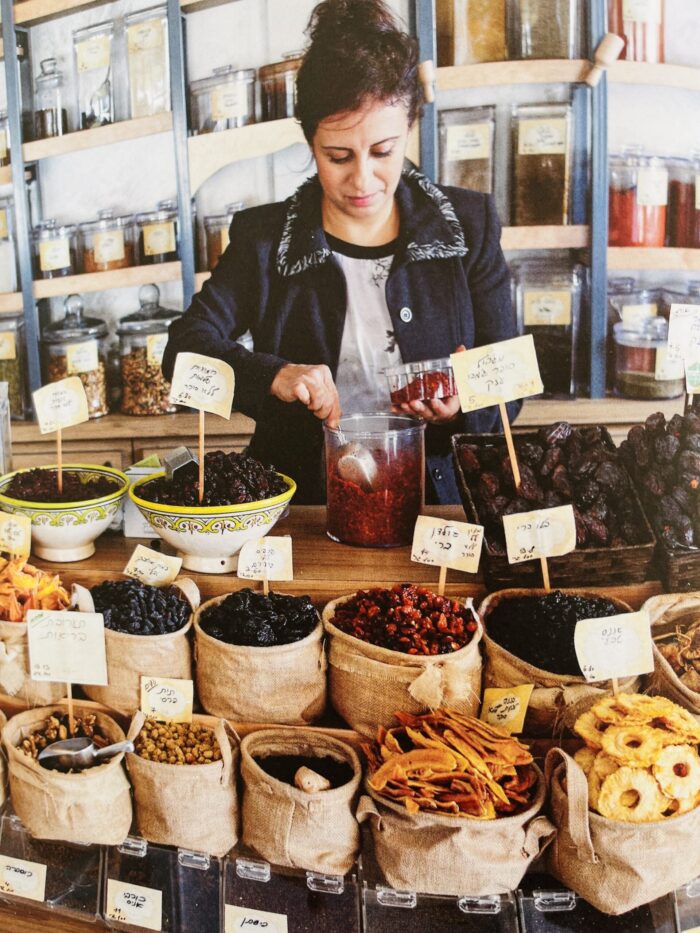
During the first years of Israeli statehood, when austerity was the norm, the food scene in the country was modest. Restaurants offered little more than traditional Jewish dishes like schnitzel, cholent and chopped liver and Palestinian snacks such as falafel and hummus.
As a first-time visitor to Israel in the summer of 1967, following its victory in the Six Day War, I recall this period vividly.
During the 1980s, when the economy took off, a leisure culture emerged that encouraged Israelis to explore the rich ethnic cuisines of their grandparents from all corners of the globe.
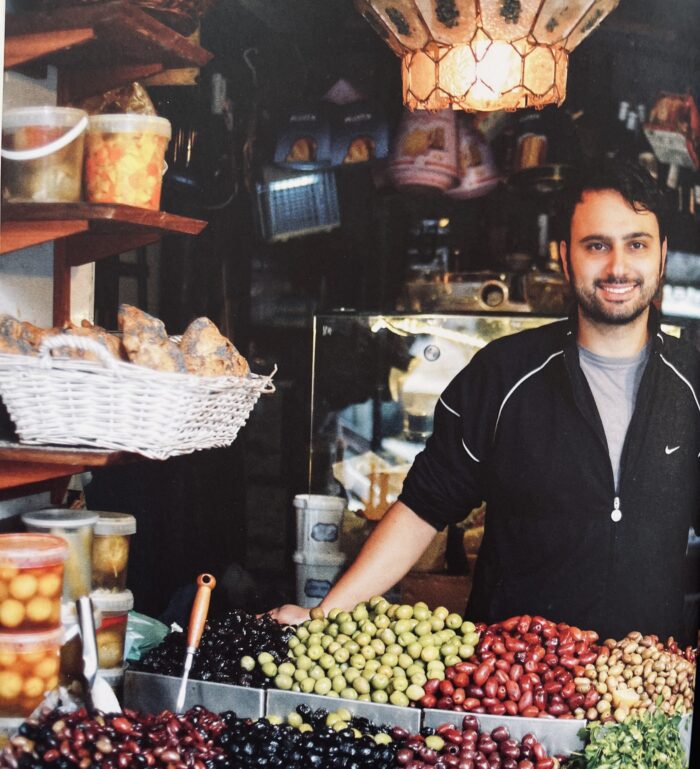
A new Israeli cuisine, a melange of the Middle East and Europe, surfaced. It draws heavily on olive oil, garlic, dried fruit, eggplant and local herbs and spices such as za’atar (a blend of sumac, thyme, salt and sesame seeds) and zhug (a mixture of green chilis, cilantro, garlic, coriander, lemon and cardamom).
Sesame seeds are an important ingredient in many dishes, as the authors point out: “Middle Eastern cuisine simply would not be the same without this tiny, humble speck of a seed.”
Israeli chefs favor the use of fresh ingredients with “minimal treatment” and tend to rely on local techniques such as charcoal grilling or baking in a traditional tabun oven.
Skewers of grilled chicken, beef and lamb, and stuffed fruit and vegetables, are popular. In Jerusalem, the Arabic bagel, baked in wooden stoves and sprinkled with toasted sesame seeds, is enjoyed by all residents, regardless of ethnicity or class.
Tel Aviv is described as the flagship of the new Israeli cuisine: “The streets of this metropolis on the Mediterranean are home to some of the country’s finest restaurants … attracting gourmets from all over the world. Israeli chefs may get their produce from the north, their fish from the Mediterranean, but they come here to make a name for themselves.”
The cuisine of Nazareth and Acre, two cities in northern Israel with substantial Arab populations, is heavily influenced by the traditions of Beirut and Damascus. Key ingredients here are olive oil, tomatoes and yogurt.
Flour mills in this region of the Galilee process locally grown wheat into bulgur, semolina and bread flour. Family-owned bakeries produce a range of Middle Eastern flatbreads.
The recipes in this volume are brief, easy to follow, and appear to be satisfying on every level.
The arugula salad with figs and sabras (prickly pears) is typically consumed in the summer. The freekeh (green roasted wheat) and asparagus salad has a wonderfully smoky taste.
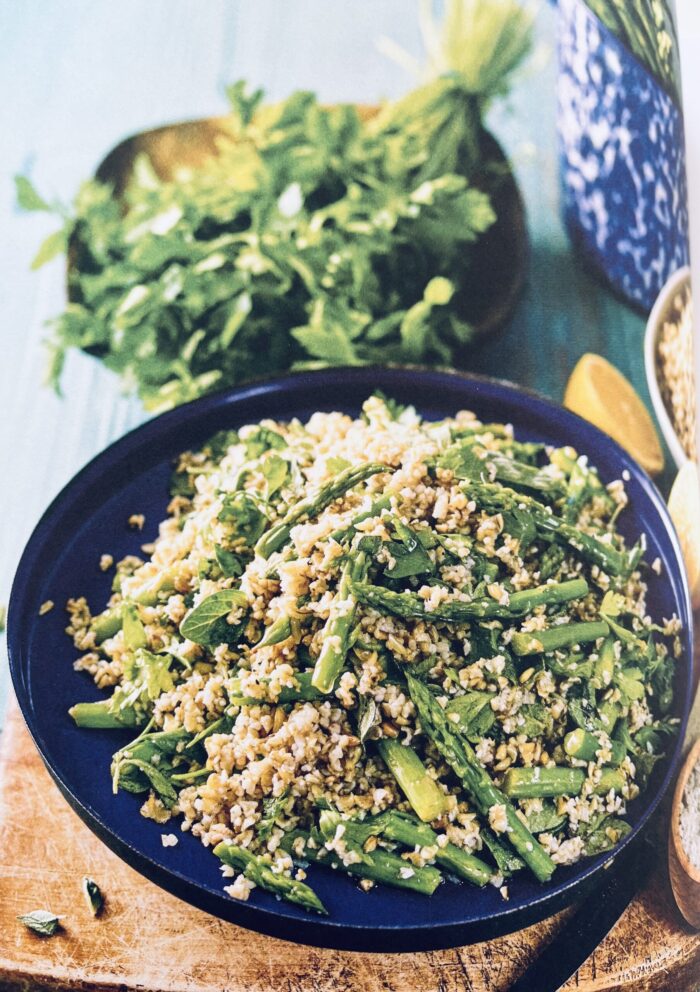
The roasted shoulder of lamb, paired with aromatic herbs such as rosemary and mint, is succulent. The red mullet dish, fried or roasted with olive oil and tomatoes, traces its origin to the Italian city of Livorno.

Tiberias-style fried gefilte fish patties are often served during Passover. The date and almond shortbread cookies are made with a crumbly, semolina-based dough, filled with dried fruits and nuts, and accented with orange blossom water.

The citrus poppy seed strudel, an updated version of a central and Eastern European dessert, is perfect with a strong cup of coffee.
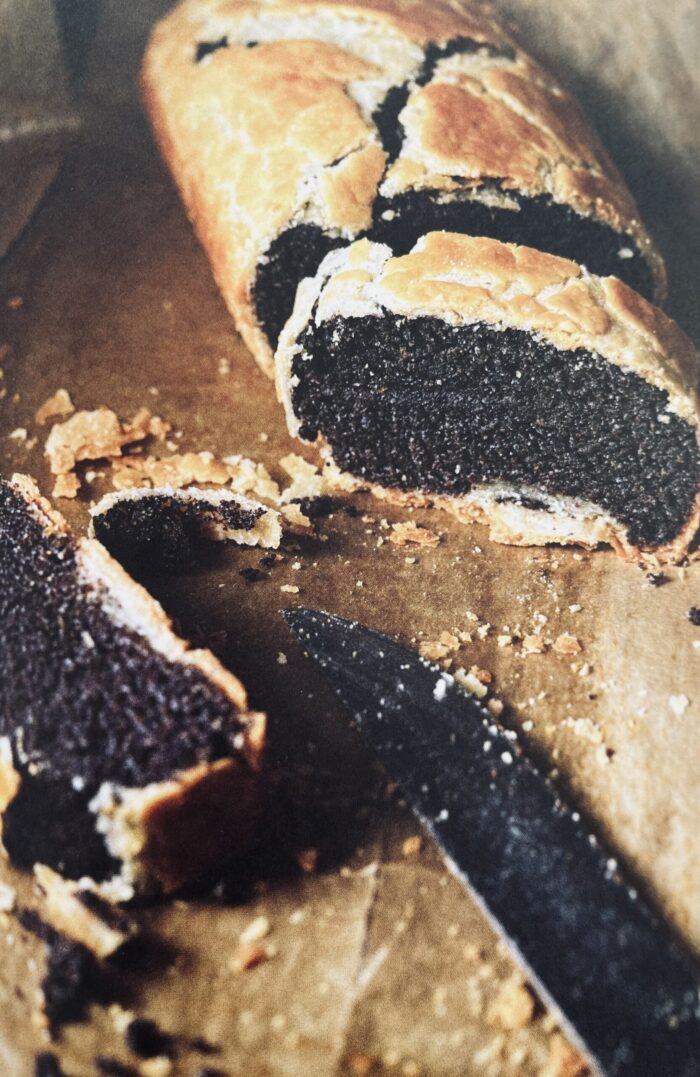
Abraham’s Kitchen introduces readers to a tantalizing cuisine that Jews and Palestinian Arabs alike have perfected into an art. Read this at your leisure and pleasure, try out the enticing recipes, and savor the flavors of a great gastronomic tradition.
